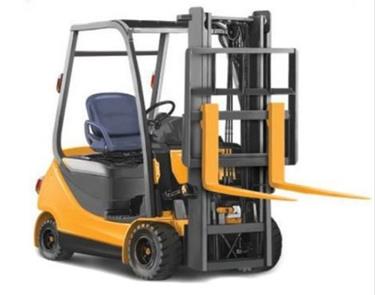15 February 2021
The Health and Safety Inspectorate is currently investigating two separate accidents where pedestrians have been struck by a reversing forklift truck in the workplace.
Anyone in control of a workplace, where forklift trucks are used as part of their undertaking, must adequately assess the risks of this activity and implement the necessary arrangements and measures to ensure a safe working environment.

Key principals in ensuring the safe use of forklift trucks, and similar plant in the workplace, include:
Safe site
- plan your workplace so that pedestrians are safe from vehicles
- implement a one-way system minimising the need of reversing
- provide separate routes for pedestrians and vehicles where possible
- use of signage to warn of vehicle movement and indicate speed limits
- ensure road surfaces are firm and even
- make sure there are safe places for loading and unloading
- try to provide separate car parking for visitors that may be unfamiliar of operations that are carried out at your workplace
Safe vehicle
- ensure the vehicles in use are compatible with the environment and for the purpose for which they are being used
- maintain vehicles in good repairs and ensure all relevant statutory inspections are carried out
- if reversing can’t be eliminated provide reversing aids such as CCTV
fit rollover protective structures and ensure the use of seat belts, where fitted
Safe driver
- provide the appropriate training and ensure refresher training at a suitable frequency
- ensure there is adequate supervision
Further guidance
Information regarding workplace transport can be found in the Approved Code of Practice Safe use of fork lift trucks in the workplace, copies of which are published on our webpage www.gov.je/hsi. Alternatively, you can obtain a hard copy on the ground floor of Maritime House, La Route du Port Elizabeth, St Helier between, Monday to Friday, 8am and 4pm.
There is also further guidance on workplace transport on the Health and Safety Executive website ‘A guide to workplace transport safety’